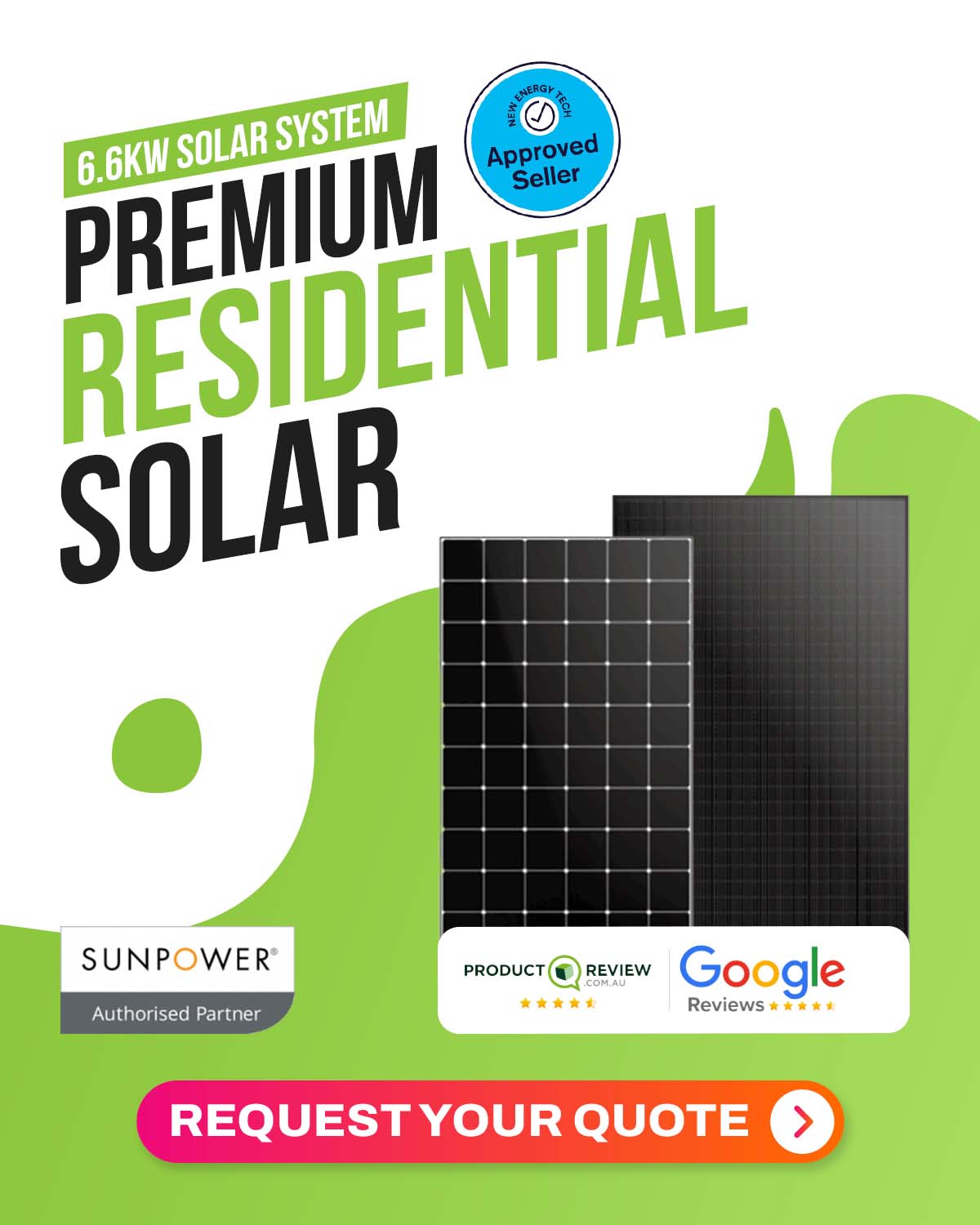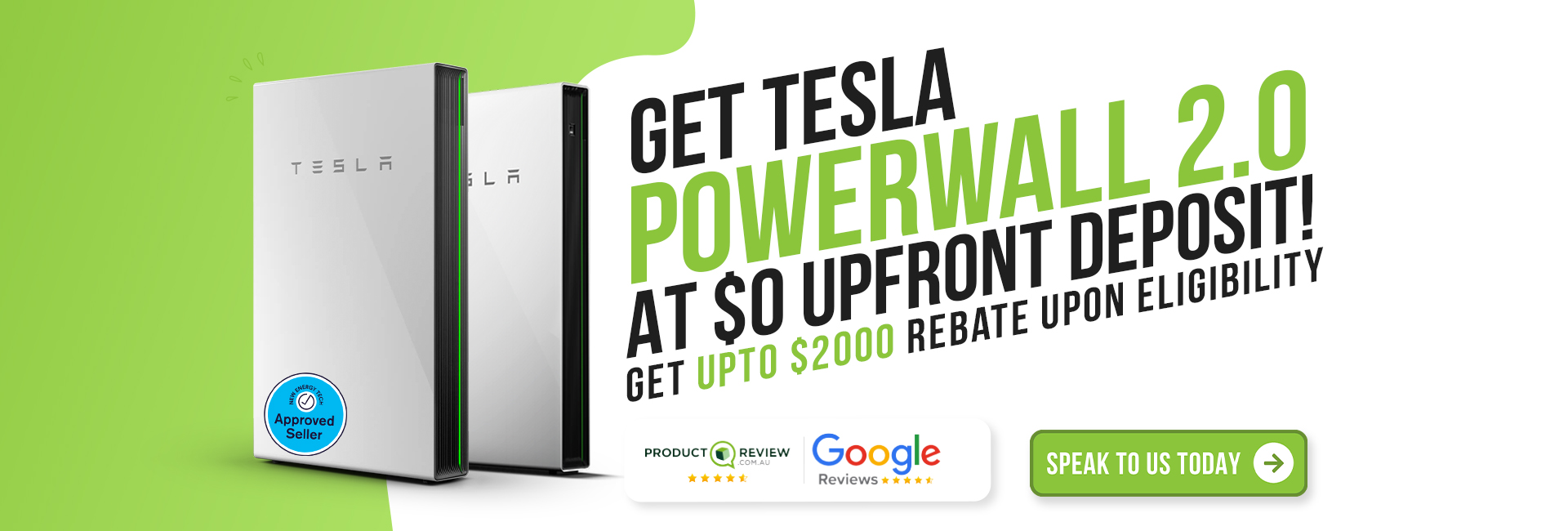What We Offer
Energy Solutions with GreenLight Solar - Easy, Efficient, and Affordable

Finished Projects

Panels Installed

CO2 Savings (Tonnes)

Energy Savings ($ Total)
Our Best Range of Solar Packages
6.6KW
Standard Home Plan
- Tier 1 Solar Module
- 5KW Power Inverter
- 6,600w Tier 1 Panels
- High Efficiency Solar Module
10KW
Spacious Home Plan
- Tier 1 Solar Module
- 8KW Power Inverter
- 10,300w Tier 1 Panels
- High Efficiency Solar Module
13.3KW
Spacious Home Plan
- Tier 1 Solar Module
- 10KW Power Inverter
- 13200w Tier 1 Panels
- High Efficiency Solar Module
20KW
Spacious Home Plan
- Tier 1 Solar Module
- 10KW Power Inverter
- 20000w Tier 1 Panels
- Get Wi-Fi enabled inverters
How Solar Energy Works?
Curious about how solar energy works? It’s simple! Solar panels installed on your roof capture sunlight and convert it into electricity through a process called photovoltaic (PV) conversion. This electricity is then fed into an inverter, where it’s transformed into a usable form for your home or business.
Any excess energy produced can be stored in batteries for later use or exported back to the grid. With our state-of-the-art technology and expert installation, you can harness the power of the sun to reduce your reliance on traditional energy sources and save on utility bills.
Why Choose Us?

Australian Owned & Operated
Greenlight has forever been australian at heart with our humble beginnings and operations as penrith solar based company. With your every investment in australian business, you push the local economy and empower all families.

Assured Warranty
Our every supplied product comes with an assured manufacturer’s warranty backed with our installation warranty for your complete peace of mind.

High Quality Solar Products
All our offered products are from trusted and reliable brands that are manufactured with top scores on experience, performance and bankability.

Incredible Value, Complete User Satisfaction
We utilise our national buying power to regularly negotiate competitive prices and pass the savings from all our components, directly to you - the customers, for your complete user satisfaction of every penny spent.

Accredited & Certified Professional Installers
All our professional installers are certified with clean energy council (CEC) accreditation. They are also insured so you can rest assured knowing your solar panels country wide installation is done by the safest hands.

Excellent After Service
Our relationship goes beyond after your purchase as for all faults or underperformance problems, you can rely on our in-house expert team that will help your system get back to running in optimum condition.
What Our Customer Says
Trustindex verifies that the original source of the review is Google. Went with Greenlight for our Solar and am more than happy with outcome. Process was pretty seemless too, was a non-pressure sales process where they didn't over promise nor bad mouth their competitors. They weren't the cheapest and weee far from the most expensive of the 10 or so quotes we dld, but as they had been around for longest, as well as not fronting reviews in Fair Trading articles were still decently priced for the hardware they provide. Installation was smooth as well, very well done and their installers also replaced some other broken tiles they'd found when they first surveyed the roof. Well recommend the team. Thankyou Kunal and Alison for the great experience.Trustindex verifies that the original source of the review is Google. Greenlight Energy Solutions supplied & installed an 11kW system at my place using 25 Jinko Tiger Neo 440W panels & a Sun grow 10kW inverter. Amanda at Greenlight was very helpful in arranging the sale which was very well priced at just under $7K. The installation, which stole the show, was performed by Brian & Allan who did a fantastic job. There are no visible cables on my roof (bar a tiny length of conduit in a raked ceiling area) because they went the extra mile to do a tidy, aesthetically pleasing installation. They’re really nice to deal with & cleaned up before they left. I was a bit worried about the installation because I’d read stories of bad ones that typically happen when you choose a cheap deal – and $7K is very cheap. But I was so impressed with Allen & Brian’s installation & have included pics of their work. I would highly recommend Green light if you’re thinking of going solar.Trustindex verifies that the original source of the review is Google. Had solar installed a few weeks ago and very happy with the result. Amanda was full of knowledge, very helpful and very patient with my 1000 questions. There were 2 minor issues with the installation but Kunal fixed them both up super quick. Overall it was a smooth experience and I would definitely recommend GreenLight to others.Trustindex verifies that the original source of the review is Google. We had our solar system supplied by GreenLight Energy Solutions just recently. From the first stage of quoting by Amanda, who was knowledgeable & extremely helpful & saved us a significant sum by not selling us the Ferrari when a Hyundai met our needs. Then Alison who was our admins link who kept us informed of everything through installation dates to finalisation & Kunal who resolved a minor matter with the installer. Of course, the proof of the pudding is in the eating but, at this stage we could not be happier with our decision to go with GreenLight Energy Solutions.Trustindex verifies that the original source of the review is Google. keep the word and trust worthy.Trustindex verifies that the original source of the review is Google. Very happy with the outcome so far. We are just waiting for the smart meter install, but everything up to this point was easy. From our inquiry, quotes, finance plan to the installation of solar panels - all went smooth and quicker than what we would expect. Thank you to Amanda, Alison and Kunal for all the help.Trustindex verifies that the original source of the review is Google. Highly recommend. Professional in sales, installation and product.Trustindex verifies that the original source of the review is Google. Great service from Greenlight Energy Solutions. Special thanks to Amanda and who was very friendly and informative from the start and also prompt in her responses. Happy with our solar install.
Contact Us
Enquire For Free Quote
We Work With Quality Brands











































